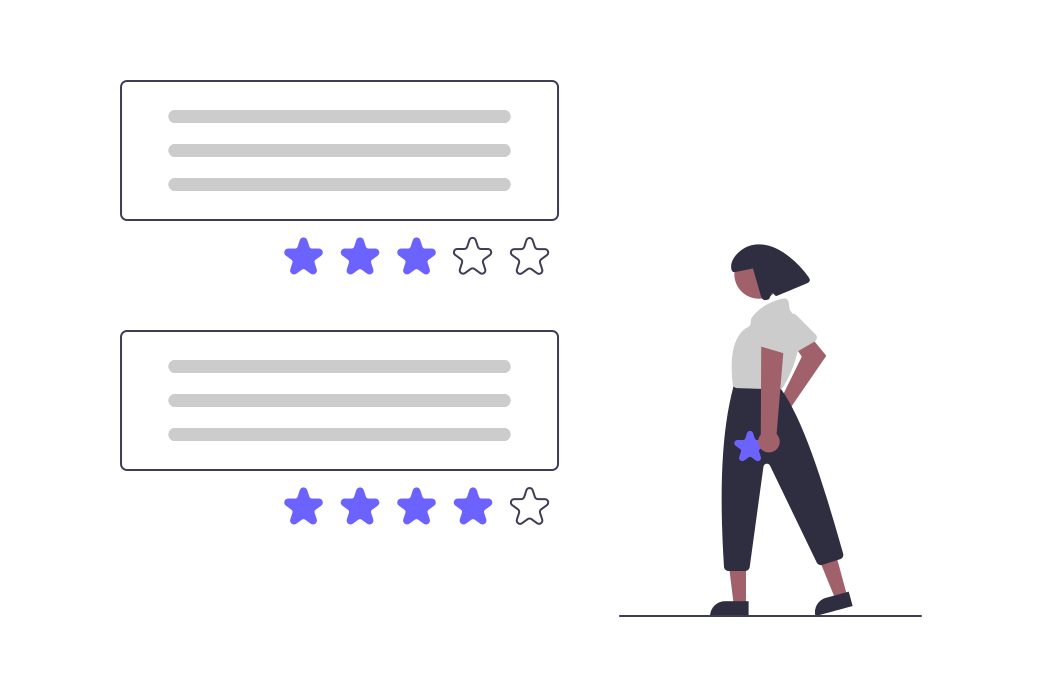In today’s competitive B2B landscape, leveraging data-driven insights is no longer optional—it’s essential. By harnessing the power of customer data, businesses can refine their marketing strategies, create more personalized experiences, and ultimately drive greater success. Here’s how you can transform your B2B marketing approach with actionable customer insights.
Unleashing the Power of Data
Data is the new oil for businesses. It fuels decision-making, illuminates customer behaviors, and unveils market trends. For B2B marketers, understanding how to effectively utilize this wealth of information is critical. The first step is recognizing the types of data at your disposal:
- Descriptive Data: This includes basic details such as company size, industry, and geographic location.
- Behavioral Data: Tracks actions such as purchase history, website interactions, and email engagement.
- Psychographic Data: Encompasses customer attitudes, values, and motivations.
- Predictive Data: Uses algorithms and historical data to forecast future behaviors and trends.
Building a Robust Data Infrastructure
To leverage data effectively, you need a solid foundation. Invest in tools and technologies that allow for seamless data collection, storage, and analysis. This includes:
- Customer Relationship Management (CRM) Systems: Centralize customer data for easy access and management.
- Marketing Automation Platforms: Streamline campaign execution and track engagement metrics.
- Data Analytics Tools: Analyze data to uncover insights and inform decision-making.
- Integration Capabilities: Ensure your systems can communicate and share data effectively.
Segmenting Your Audience with Precision
Segmentation is a critical component of a data-driven marketing strategy. By dividing your audience into distinct groups, you can tailor your approach to meet specific needs. Key segmentation criteria include:
- Firmographics: Industry, company size, and location.
- Behavioral Indicators: Purchase patterns, product usage, and engagement levels.
- Customer Lifecycle Stage: Prospects, new customers, and repeat buyers.
- Predictive Scores: Likelihood to purchase, churn risk, and lifetime value.
Crafting Personalized Campaigns
With segmented audiences, the next step is personalization. Data-driven insights allow you to create targeted campaigns that resonate with each segment. Consider these tactics:
- Customized Content: Develop content that addresses the unique pain points and interests of each segment.
- Tailored Messaging: Use language and tone that align with the preferences of your audience.
- Optimal Timing: Send communications at times when your audience is most likely to engage.
- Channel Preferences: Utilize the platforms that each segment prefers, whether it’s email, social media, or direct mail.
Enhancing Customer Experience
Data-driven insights not only improve marketing campaigns but also enhance the overall customer experience. By understanding your customers’ needs and behaviors, you can:
- Anticipate Needs: Predict future requirements and proactively offer solutions.
- Improve Interactions: Personalize every touchpoint, from website visits to customer service inquiries.
- Boost Satisfaction: Deliver timely, relevant, and valuable experiences that exceed expectations.
Measuring and Optimizing Performance
Continuous improvement is key to a successful data-driven strategy. Regularly measure and analyze the performance of your marketing efforts to identify what’s working and what isn’t. Focus on:
- Key Performance Indicators (KPIs): Track metrics such as conversion rates, customer acquisition cost, and return on investment.
- A/B Testing: Experiment with different approaches to determine the most effective tactics.
- Customer Feedback: Gather input directly from your customers to refine your strategies.
- Iterative Improvement: Use insights gained from analysis to continuously optimize your campaigns.
Overcoming Challenges
Implementing a data-driven marketing strategy comes with challenges. Common obstacles include data silos, quality issues, and privacy concerns. To overcome these:
- Break Down Silos: Foster collaboration between departments to ensure data is shared and utilized effectively.
- Ensure Data Quality: Regularly clean and update your data to maintain accuracy.
- Prioritize Privacy: Comply with regulations and build trust with your customers by being transparent about data usage.
Conclusion
Embracing data-driven customer insights is a game-changer for B2B marketing. By leveraging data to understand your audience, segment effectively, personalize campaigns, enhance customer experience, and continuously measure and optimize performance, you can transform your marketing strategy and drive significant business growth. Start building your data infrastructure today, and unlock the full potential of data-driven marketing.


